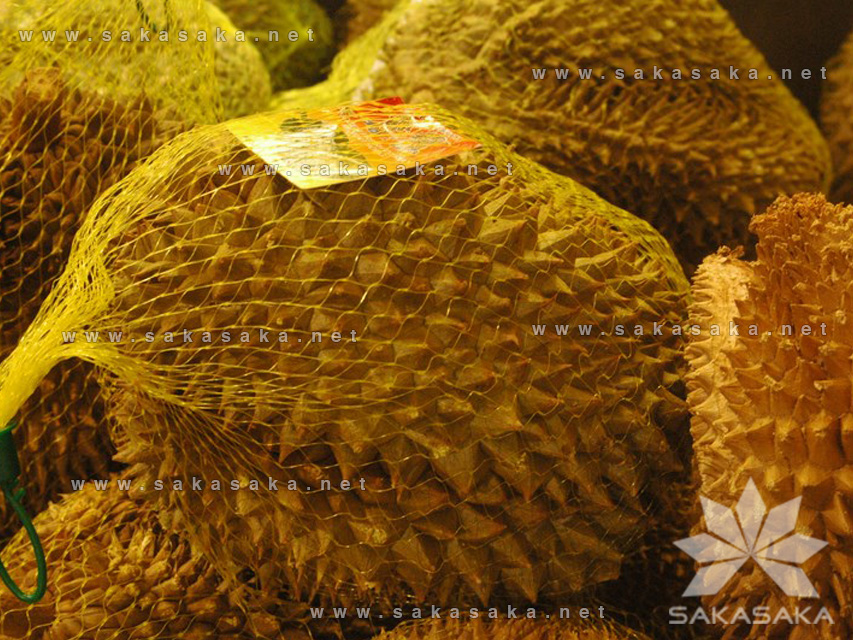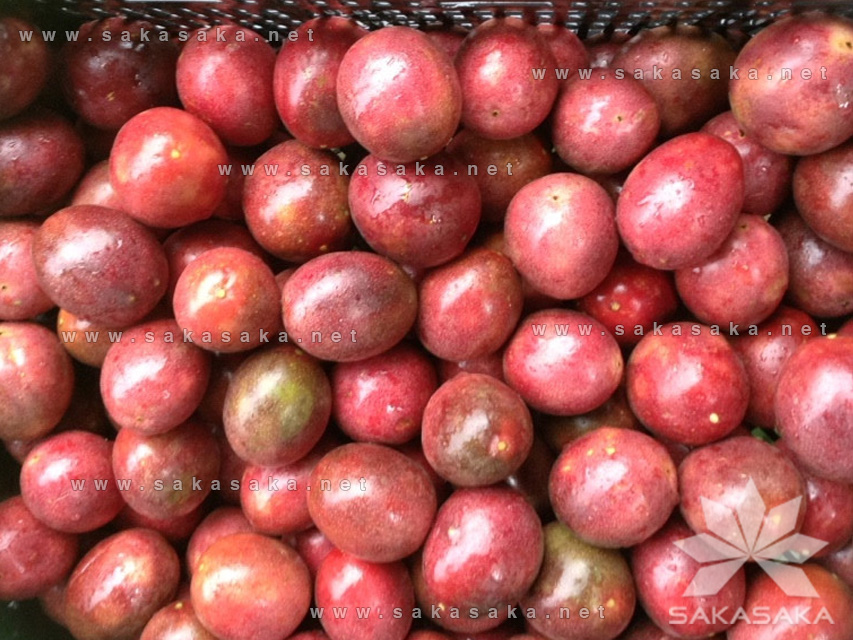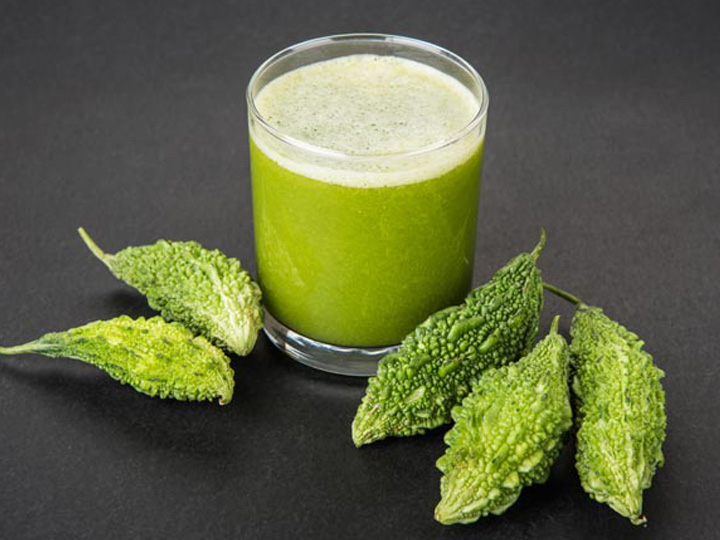Vietnam Cassava, a popular fresh materials and the third major source of starch (after corn and wheat) is grown in around 85 countries around the world, according to the Vietnam Cassava Association.

Whether an entrepreneur decides to get into growing cassava tuber or produce starch from the root, the two are simple processes that require limited capital, said Nghiem Minh Tien, mouthpiece chair of the Relationship at a recently available industry convention in Hanoi.
Tien added that this low capital threshold make it highly attractive to business owners world wide and the demanding competition that results is one of the reasons it is vitally important for Vietnamese in the industry to implement ‘smart farming’ techniques.
He mentioned that cassava starch has numerous applications in numerous industries and can be used in sweeteners, MSG, food, newspaper, cardboard, plywood, leather goods, glue, paste and concrete floor.
In the food industry, he pointed out that it is also used in the processing of many bakery companies in noodles, soups, yogurt, glaciers cream, and soft refreshments and others.
According to a new report by Professional Market Research, the overall global cassava starch market got a volume of six. 8 million tons a year ago and it is further expected to grow to 7. 5 million loads by 2022.
The reason behind the optimistic outlook for the industry is that there have been a continuous development of new products using cassava starch that has and is expected to continue to bring about heightened demand.
The Asia-Pacific region focused the global market in 2016 with Indonesia and Thailand the major manufacturers followed by the American, Middle Eastern and Photography equipment, and South American areas.
In total, there are currently roughly 551, 1000 hectares under cassava nurturing in Vietnam, mostly in the central, the Central Highlands, south-eastern and upper mountainous regions.
See more: Cassava cultivation and export Cassava from Vietnam
Pursuant to a Vietnam government development plan for agriculture through 2020, the number of hectares would be minimize back to 450, 1000 producing 11 million lots of cassava tuber every year.
The starch content of cassava tuber differs from as low as 15% up to 29% depending on a variety of factors, he noted. If this all were used to create starch, 11 million a lot of cassava tuber could easily equate to 1. sixty-five million tons of starch (or roughly 22% of total projected global demand by 2020).
However, Vietnam cassava roots and leaves (young plant tops) have multiple end-uses in addition to being converted to starch. Fresh roots and cassava leaves (after boiling) are being used for direct human ingestion, on-farm animal feed, commercial production of animal supply, and more recently, for ethanol for use in liquor or as an automotive fuel. I n addition, Frozen Cassava Leaves Supplier will select leaves high quality and produce frozen products for export to US, EU and Africa…
For 2016, on the cassava growing area of 551, 000 hectares, farmers in Vietnam produced 10. 64 million loads of tuber (a 2. 3% increase over 2015), with cassava tuber efficiency of 19 tons every hectare.
Out of the estimated 10. 64 , 000, 000 tons, 3. 66 , 000, 000 were exported through standard channels (a 12% year-on-year decrease) making revenues of US$994 million (a 25% year-on-year drop), it is not only the raw export but also cassava is processed into many products such as flour, frozen cassava, cassava steamed…
The challenges for Vietnam Cassava maqui berry farmers in 2017 in order to board from the significant harvest failure of 2016 that was caused principally by the drought and surging natural disasters.
In addition, they can be looking to slice back the number of hectares in production in line with the government’s plan and commence sitting down roots for instituting ‘smart farming’ in 2017, Tien added.
Implementing smart farming will commence a fresh season of good things to come for the industry, Tien underscored, that will improve yields, new farming initiatives, better environmental conditions and higher earnings among many other benefits.








